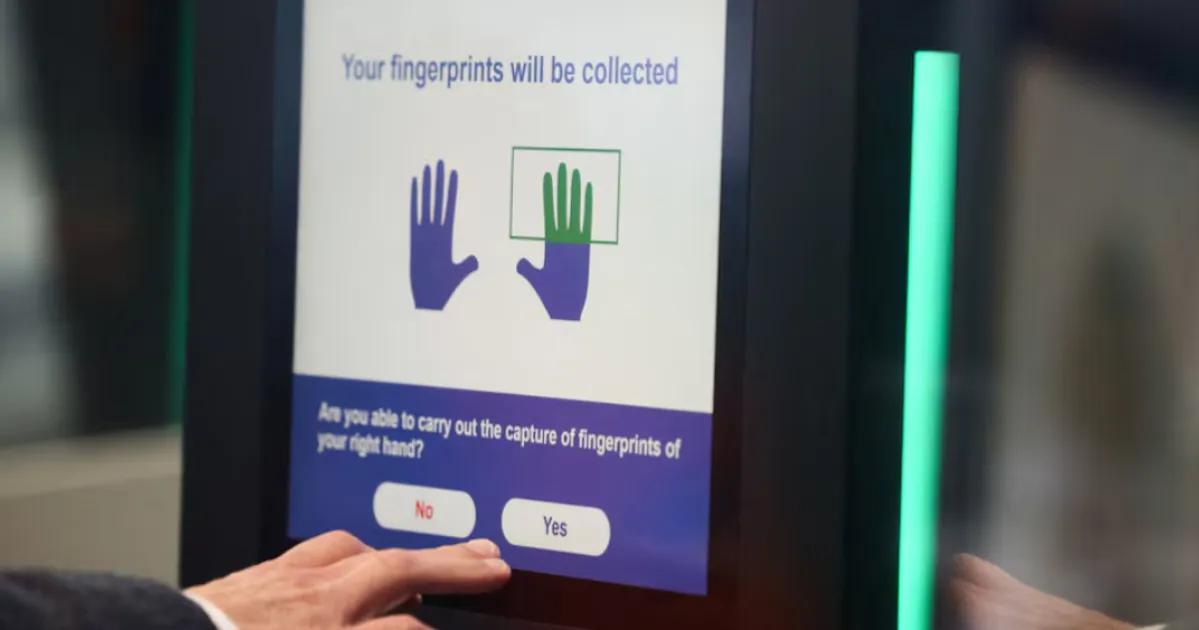
EU Biometric Border Checks for Non-EU Citizens: What to Know

GeokHub
Contributing Writer
Starting October 12, 2025, all non-EU citizens, including British visitors, will begin to encounter new mandatory biometric border checks when they enter the Schengen area. The system, called the Entry/Exit System (EES), replaces manual passport stamping with digital registration of fingerprints and facial images on first entry. The Schengen area includes most EU countries (excluding Ireland and Cyprus), plus Iceland, Norway, Switzerland, and Liechtenstein.
Under EES, when non-EU travelers first arrive, they’ll have to scan their travel document, register fingerprints, and have their photo taken. On departure, authorities will check their details in the EES database to ensure they haven’t overstayed the permitted 90 days within any 180-day period. After the initial registration, future crossings will be simpler—only facial biometric verification may be needed. Children under 12 will only have photographs taken, not fingerprints. No fees will be charged for EES itself.
Implementation will be phased over six months, with full implementation expected by April 10, 2026, to avoid major delays at border crossings. In the UK, some departure points—such as the Port of Dover, the Eurotunnel terminal at Folkestone, and London’s Eurostar terminal—will begin EES registration on departure under oversight from French border authorities. Initially, freight trucks and coach passengers are subject to checks; passenger vehicles and train travelers will follow later in the rollout.
EU officials explain the reason for this change is to modernize and strengthen external border controls, reduce identity fraud, detect overstays, and improve security. The digital data will enable more efficient monitoring of who enters and leaves the Schengen area and ensure compliance with existing short-stay rules.




























































































